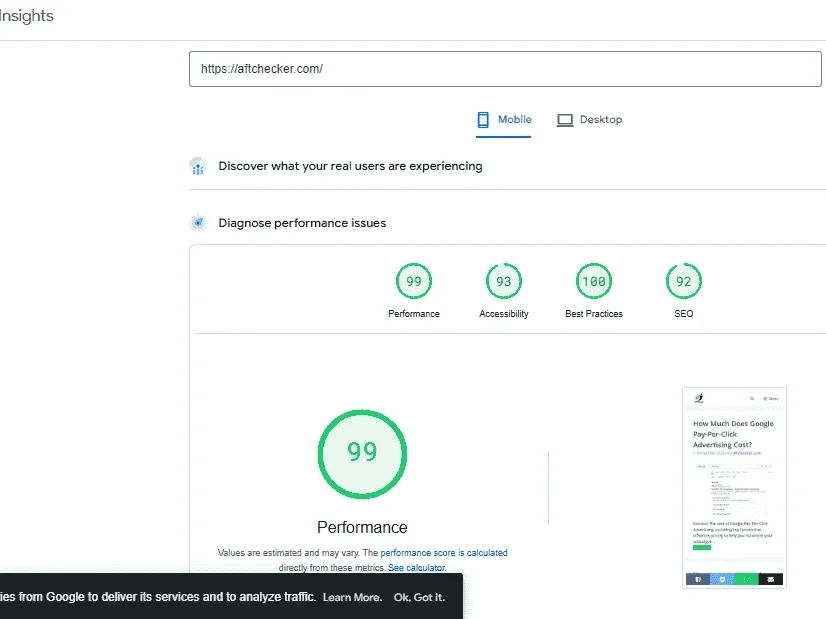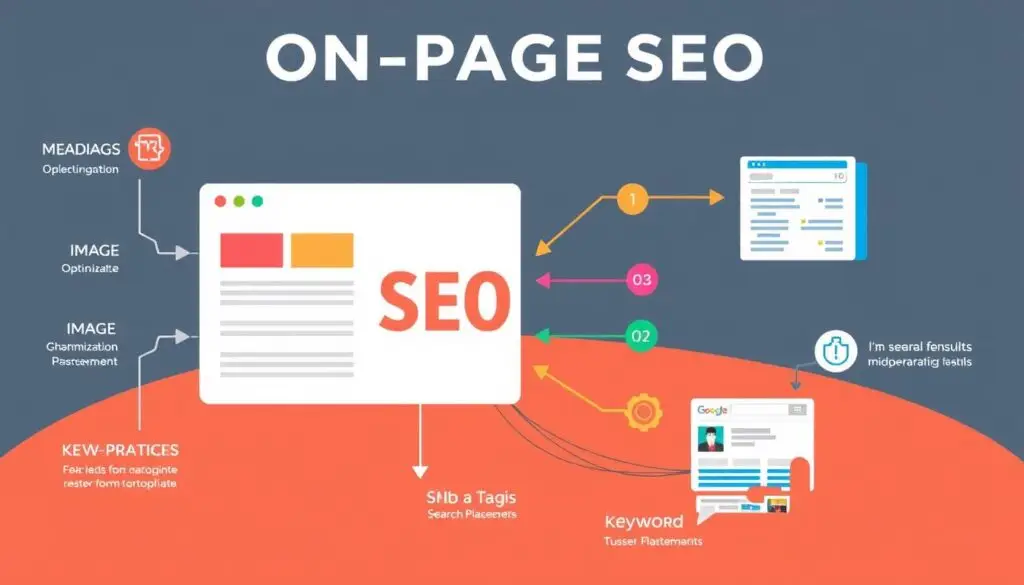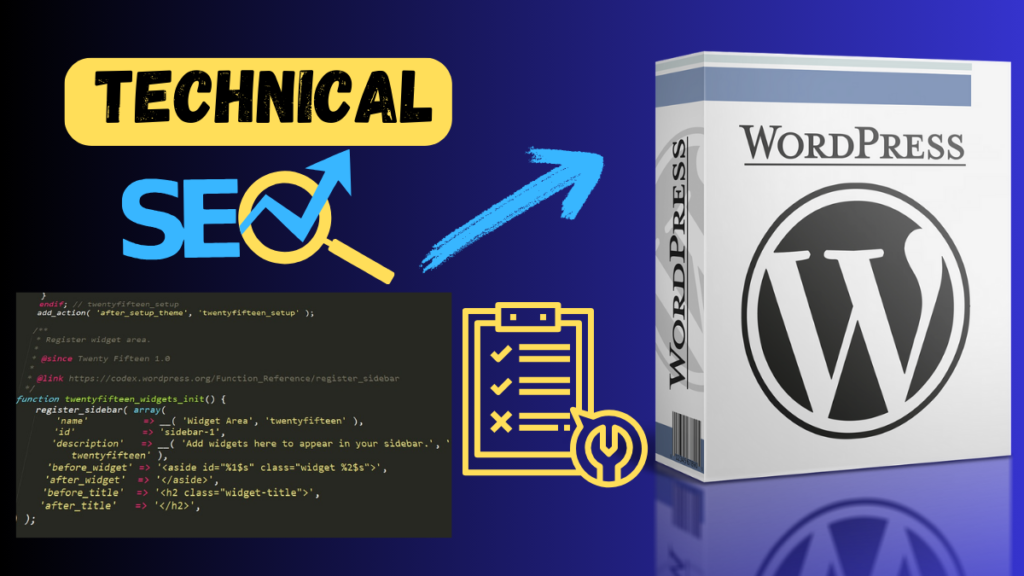Keep your audience engaged and boost repeat traffic by sending email updates to subscribers whenever you publish new blog posts.
Introduction
When it comes to growing your blog, how can SEO help you reach more readers and drive organic traffic? Are you struggling to rank on Google’s first page? What if there were a step-by-step guide to make SEO easy, even if you’re a beginner? In this article, we’ll explore essential SEO strategies that might not only make your blog posts seem more bible but might also help increase engagement and boost your rankings. By the end, you’ll know exactly how to create content that appeals to readers and search engines.
What is SEO, and Why is It Important for Blog Posts?
SEO (Search Engine Optimization) involves optimizing content to make it more likely to be recoverable on search engines like Google. SEO techniques increase your chances of ranking higher, which can lead to more organic traffic and engagement on your blog.

SEO seems to be essential for blog posts because it helps your content reach the right audience. It’s not just about adding keywords—it’s about creating high-quality, relevant, and valuable content. When done right, SEO can turn your blog into a trusted source that readers and search engines appreciate.
Keyword Research: Finding the Right Keywords to Reach Your Audience
Understanding Your Target Audience
To connect with your audience effectively, it’s important to first understand who they are and what they are looking for. Seems to be a means of identifying the needs, preferences, and pain points of your ideal readers. Conduct surveys, use Google Analytics, or review comments on your blog posts to better understand your audience’s intent.

Using Keyword Research Tools
Tools like Google Keyword Planner, SEMrush, and Ahrefs are invaluable Ford seems to be covering keywords. These tools allow you to find high-traffic keywords, assess competition levels, and identify related terms. By using both short-tail and long-tail keywords, you can capture a wider audience, especially in niche areas where competition may be lower.
On-Page SEO: Optimizing Content for Better Visibility
Title Tags and Meta Descriptions
Crafting an engaging title tag and meta description is crucial. Your title should feature the main keyword and be crafted to grab readers’ attention. Similarly, meta descriptions should provide a summary and contain keywords naturally, giving users a reason to choose your content over others.
Header Tags (H1, H2, H3) for Structure
Header tags organize your content, making it simpler for both readers and search engines to follow the structure of your blog post. Use H1 for the main title, H2 for major sections, and H3 for supporting subsections. Each header should be concise and should incorporate keywords without overloading the text.

Keyword Placement and Density
Keywords should be used naturally throughout your content, especially in titles, headers, and introductory sentences. Avoid overloading or repeating keywords excessively, as this can lead to penalties. Aim for a keyword density of around 1-2% for a balanced approach that keeps your content readable and optimized.
Image Optimization
Adding relevant images enhances your content visually and aids SEO. Be sure to compress images for faster loading times and add descriptive alt text to make your content more accessible. Alt text should include relevant keywords, but keep it natural and descriptive.
Content Quality and User Experience
Creating High-Quality Content
High-quality content addresses your audience’s needs and provides valuable insights. Focus on writing informative and engaging content that solves a problem or answers common questions. This will not only enhance the user experience but also indicate to search engines that your content is valuable.
Readability
Content readability is essential. Use simple language, and short paragraphs, and break up text with headers and bullet points where necessary. This ensures your content is easy to scan, which is particularly helpful for mobile readers.
Mobile Optimization
A mobile-friendly blog design is critical for SEO, as more people use mobile devices to browse. Ensure your blog loads quickly on mobile, with text, images, and formatting that adjusts seamlessly across screen sizes.

Technical SEO: The Foundation of a Strong Blog
Website Speed
A fast website improves user experience and SEO. Reduce load times by compressing images, minimizing CSS and JavaScript files, and enabling browser caching. A faster site keeps readers engaged and helps you rank better on search engines.
Mobile-Friendliness
Google prioritizes mobile-friendly sites in search rankings. Ensure your blog has a responsive design that provides a smooth experience across devices. Use resources like Google’s Mobile-Friendly Test to routinely assess how well your website works on mobile devices.

XML Sitemap and Robots.txt
An XML sitemap facilitates efficient site crawling and indexing by search engines. Create one for your blog and submit it to Google Search Console. Similarly, a well-configured robots.txt file can help guide search engines on which pages to crawl or ignore.
URL Structure
Use clean, descriptive URLs that reflect your content. Avoid complex structures or random numbers in URLs, as clear, keyword-rich URLs are more likely to perform better in search results.
Measuring and Tracking SEO Performance
Google Analytics
Google Analytics is an essential tool for tracking website traffic, analyzing user behavior, and evaluating the overall performance of your site. Regularly review metrics like bounce rate, time on page, and conversion rates to understand how well your content resonates with readers.
Google Search Console
Search Console lets you monitor your site’s search performance and identify any issues with indexing, mobile usability, or search visibility. It’s essential for diagnosing technical SEO issues and improving your blog’s reach.

Keyword Ranking Tools
Try tracking keyword rankings over time with tools such as SEMrush or Ahrefs. Observing shifts in rankings can give you insights into how well your SEO strategy is working and highlight areas for improvement.
Additional Tips to Enhance Your Blog’s SEO
Consistency in Posting and Branding
Posting consistently lets both readers and search engines know that your blog is active and regularly updated. Consistent branding and tone across posts can also help establish your blog’s identity, making it more recognizable to readers.
Social Media Promotion
Share your blog posts across social media to expand your audience reach. Interacting with your followers and responding to their comments helps foster a loyal community and can lead to increased traffic to your site.
Email Marketing
Send email updates to your subscribers whenever you publish new posts. This approach keeps your audience engaged and encourages them to return to your blog, boosting consistent traffic over time.
Guest Posting and Backlink Building
Guest posting on other reputable sites and building backlinks from authoritative sources can improve your blog’s credibility. Links from high-quality websites act as endorsements, signaling to search engines that your content is trustworthy.
Conclusion
SEO is a powerful tool that can elevate your blog’s visibility, drive organic traffic, and build a dedicated readership. From keyword research to technical SEO, following these best practices will set you on the path to success. Start implementing these techniques today, and remember that SEO is an ongoing journey that requires consistency, analysis, and adaptation.
Tips and Tricks
How to Find Search Intent & Top Tools and Optimization Tips
How to write a good SEO Friendly meta description for a Blog post
Why WordPress Stands Out as the Best CMS for All Users
Top AI SEO Tools to Boost Your Google Rankings in 2024
SearchGPT: The Future of AI-Powered Search and SEO
Best SEO Plugins for WordPress: A Complete Guide for Beginners
My name is M. Ali Sher. I am from Pakistan. I work on blogging, SEO, WordPress, and many other topics. I have about two years of experience in this field. All the information on this website related to blogging, SEO, WordPress, and Earning Money online is my personal experience. I have published many tools on this site, and some are yet to be released. They will also be available on this website soon. I have been working in blogging and SEO for a long time and as I told you, I have a lot of knowledge about it, so I want to share my knowledge with you. So that you guys can also start earning money from blogging and SEO.


